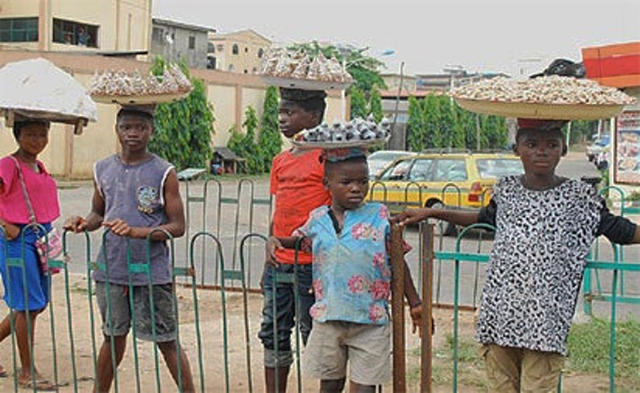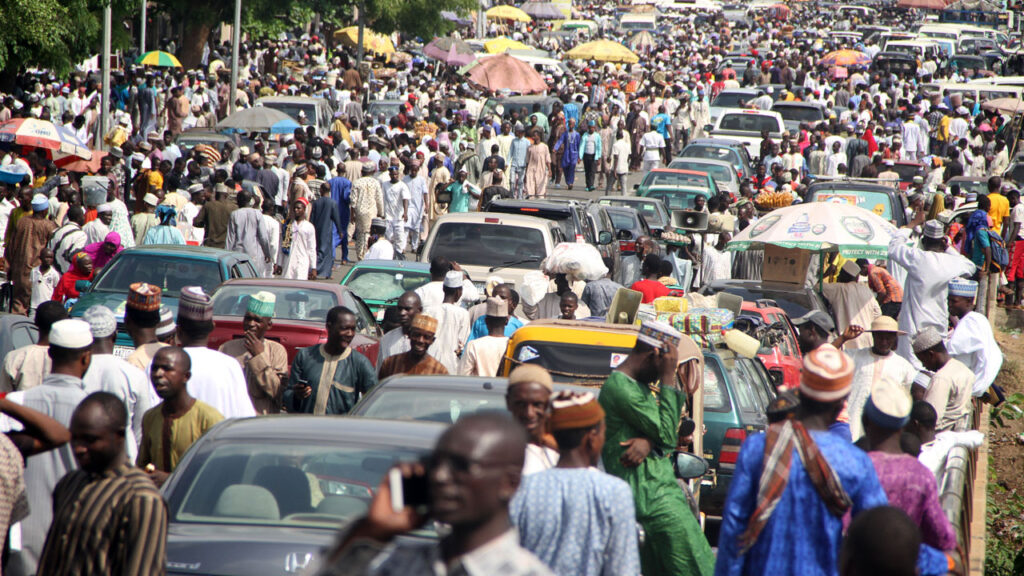That night, as I headed home, I was uncharacteristically exhausted. My singular focus was on getting home to get a well-deserved rest. Traffic had built up a bit along my route, Lateef Jakande Way, Agidingbi. But as usual, the dedicated and dutiful LASTMA officers in the axis were in their element, ensuring that sanity and orderliness prevailed. It was a moving traffic, so we were steadily making progress.
In my front was a truck. For obvious reasons, I don’t usually love driving behind trucks. Experience has shown that most truck drivers are reckless. Initially, my intuition was to negotiate my way and move to the other lane. But I jettisoned the thought, choosing rather be as distant as possible from the truck.
Somehow, I looked at the car’s dashboard and it was 8 pm. I am a news freak. I quickly turned to my favourite radio station to listen to the news. As I was ruminating on the headlines, most of which centred on the herdsman’s crisis and its fallouts, suddenly I heard a loud cry. “Somebody, help me”, a child yelled in utter pain. It happened so quickly that it took me some time to really figure out what was happening. Yet, the shout persisted. This time in rapid succession and in a more agonising tone.
Before I could really fathom what was happening, I saw drivers and commuters rushing out of their vehicles. By now, quite a crowd had gathered in front of my car, while a few chaps ran toward the truck driver ahead of me, violently urging him to come down or else they would get his truck burnt.
Still confused, I put the car to a halt, right in the middle of the road as did almost everyone. Upon getting down, I saw a girl that looked like a ten-year-old rolling on the ground in excruciating pain. Intermittently, she screamed: “Somebody, help me!”.
By now, I was beginning to get the picture. The girl rolling on the ground was a child hawker. Her goods, roasted groundnuts, were spilled all over the road. What happened? Well, the gist is that while rushing to attend to a customer who was in a commercial bus in front of the truck, she slipped and got bruised by the truck’s tires. Luckily, she was not run over by the truck. She only fell by the median, albeit with seriously bruised legs.
She was hurriedly helped by sympathisers to a nearby clinic for urgent medical attention. By now, traffic has become a bit chaotic. As I got back into the car, to continue the homeward journey, I could not but keep thinking about the hapless little girl and the severe pains she suffered. I was so pained that I nearly missed the junction that led to my home.
As my mind was pacing back and forth, my conclusion was that the ill-fated little girl wouldn’t have been a victim of such a horrible act if she had not been subjected to the rigour of hawking.
Hawking by children is a form of child labour and it contravenes the Child Rights Act which stipulates that children under the age of 18 should not engage in any work that is mentally, physically, socially or morally dangerous and harmful to them, preventing them from going to school; obliging them to leave school prematurely or to combine school attendance with excessively long or heavy work.
According to International Labour Organization, the number of working children under the age of 14 in Nigeria is estimated at 15million. Research has it, that street hawking by children constitutes one of the major forms of child labour, by implication a larger percentage of these children are on the street. This trend is quite disturbing, especially with the number increasing daily.
In many cities across the country, it is not uncommon to see little children, ranging from age 9 to13, hawking various goods on the roads. Some even take up the hazardous task of bus conductors. These children, who hawk by the roadsides, usually suffer from fatigue, irregular attendance at school, if enrolled at all, lack of comprehension and motivation, improper socialisation, exposure to the risk of sexual abuse, high likelihood of being involved in crime. Many have argued that severe economic pressure is responsible for this heinous practice. But then, when placed side by side the inherent dangers associated with child hawking, engaging children in such highly volatile practice, under whatever disguise, should be condemned and discouraged by all and sundry.
In Lagos State, as part of efforts to enforce the law and get children off the streets, the government has employed quite a number of strategies to reduce the trend and dissuade parents and the society at large from sending children to hawk on the street.
However, this has not actually brought about the desired result as the number of child hawkers continues to increase on the road. Their number continues to increase at evening time, till late hours in the night, which is quite risky as most of these children are exposed to unimaginable perils.
When it comes to the issue of children, everyone is a stakeholder since children are future leaders. Hence, it is important that parents, community leaders, traditional rulers, faith-based organisations, NGOs, the media among others partner with the government to ensure that hawking among children is discouraged in our society.
Child hawking is a form of child abuse and it must not be condoned under any guise. The laws protecting the rights of the child must be active and alive to safeguard the rights of the child. A recent FRSC data reveals that, in Lagos, about 40% of road accident victims are traffic traders, either on the road or by the roadside and some of them are vulnerable and helpless children. This trend must not be allowed to continue.
It is, indeed, inhuman for anyone to engage a child in the money-making venture as seen every day on our roads with children running after moving buses and cars to hawk goods. Aside from that, such children are denied basic education which is another important right of every child. Many children have sustained lifelong injuries through street trading and hawking. Moreover, children who engage in hawking or other forms of hard labour may physically wear away before they actually reach the productive age in the economy. Many of them had died as a result of hawking on the highways.
We must respect all laws concerning child hawking. The government must show the political will to ensure compliance and there must be consistency in government policies towards zero tolerance to child-hawking. All stakeholders must work with the government to fight every form of child labour in its entirety. Our collective efforts should be geared towards securing a better future for our children. This can, definitely, not be achieved via child labour.
Ogunbiyi is deputy director, Public Affairs, Ministry of Information & Strategy, Alausa, Ikeja, Lagos.











